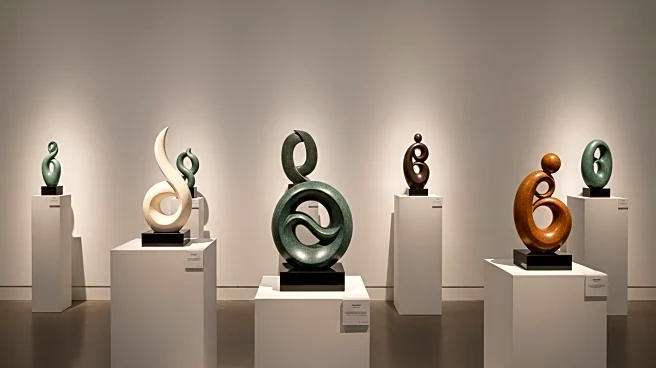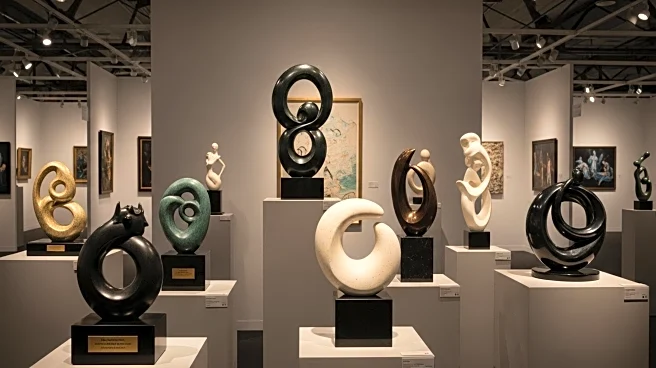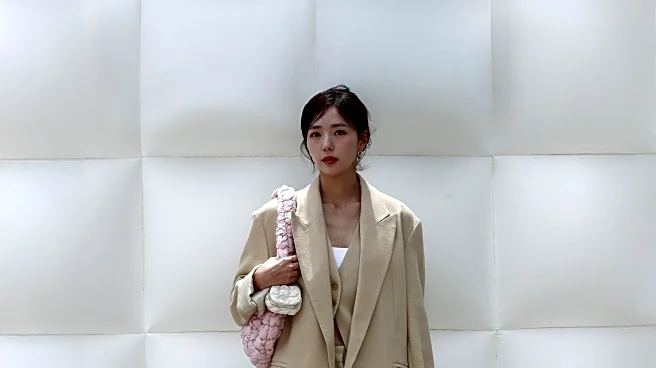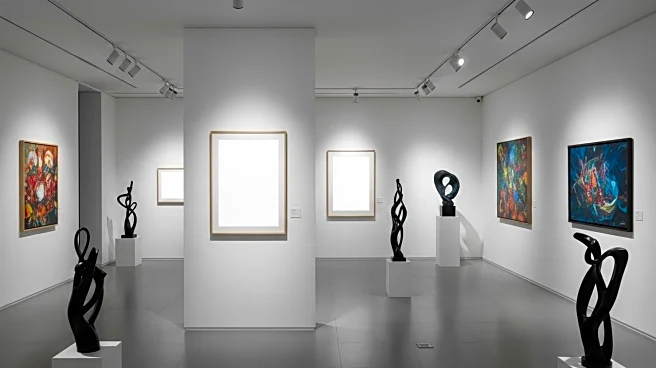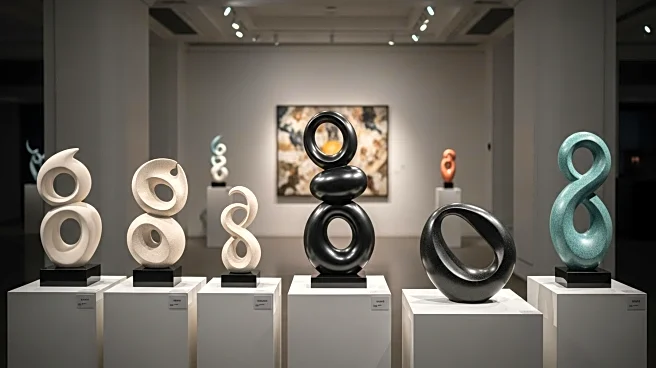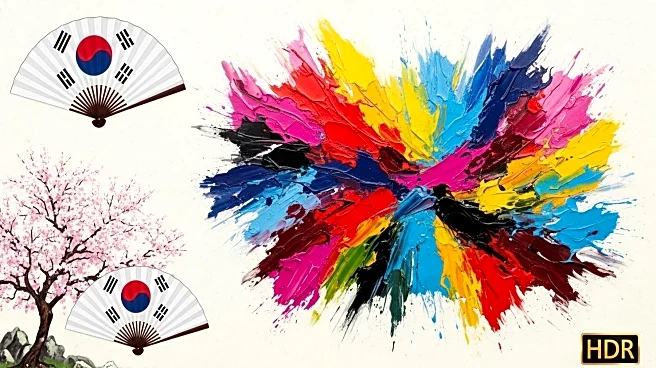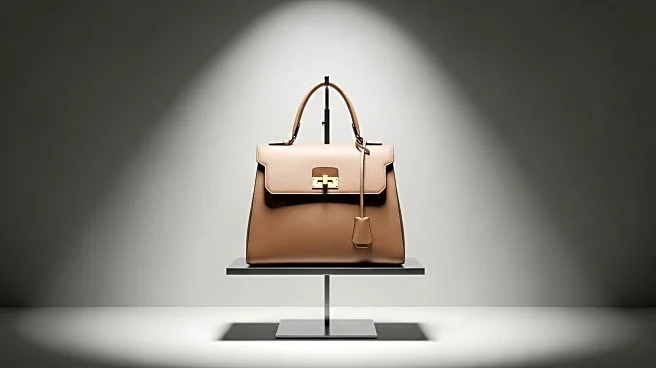What's Happening?
Art galleries are experiencing financial challenges due to the high costs associated with participating in art fairs. The expenses for booths at major fairs like Art Basel and Frieze Los Angeles can range from $13,000 to $125,000, depending on the size and location. Additional costs include booth lighting, framing, travel, and meals, which can add up to over $100,000. Galleries must sell a significant amount of artwork to break even, often requiring sales of over $200,000. The financial strain is exacerbated by the need to pay rent and make payroll, while also dealing with delayed payments from collectors.
Why It's Important?
The rising costs of art fairs are impacting the profitability of galleries, which play a crucial role in the art industry by promoting artists and their work. As galleries struggle to cover expenses, they may face closures or reduced participation in fairs, affecting artists' exposure and sales. This financial pressure could lead to a shift in how galleries operate, potentially prioritizing online sales or alternative exhibition methods. The situation highlights the need for a reevaluation of the art fair model to ensure sustainability for galleries and artists alike.
What's Next?
Galleries may need to explore new strategies to mitigate the financial impact of art fairs, such as negotiating better booth locations or reducing participation in less profitable events. The industry might see a rise in virtual exhibitions or collaborations to share costs. Stakeholders, including fair organizers, may need to address the pricing structure to support galleries' financial health. The ongoing market downturn could prompt a broader discussion on the future of art fairs and their role in the art ecosystem.
